15 Types of Beets to Reap the Benefits & Tweak the Tastes
Author: Anne Cowart | Editor: Omar Alonso
Review & Research: Jen Worst & Chris Miller
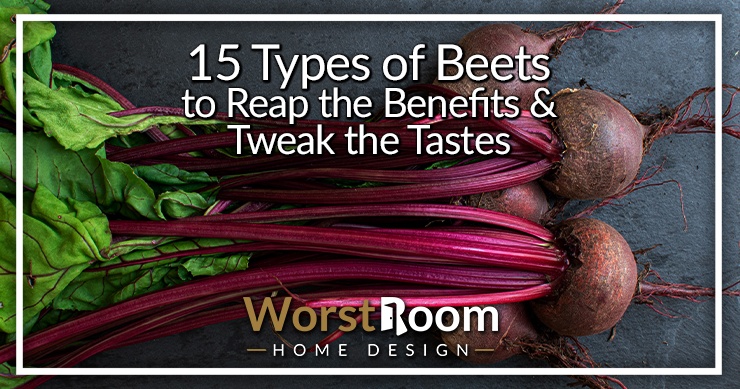
Every and all types of beets are herbaceous plants in the Amaranthaceae family and can emerge as one of the most dependable members of your vegetable garden. When grilled with balsamic vinegar or served raw in various salads, beets taste incredible. The greenery parts of beets can be fine replacements for Swiss chard or spinach.
Different kinds of beets are normally available in canned form in stores, but if you prefer fresh beets, you may cultivate them in your backyard garden. Fresh beets have a distinct flavor over canned beets.
There are a variety of species available of beets, and they aren't all reddish! White, pink, and candy-striped variants are often seen. If you're inexperienced with the different types of beets present, a walk through the shop in quest of the ideal beets can be a challenging task.
If you love beets and want to know them broadly, this article is for you, as we've included a list of the top priorities from which to choose.
15 Types of Beets
Beets are available in a variety of shapes and sizes and have been being cultivated for consumption since the 1500's. In this segment, we’ll learn about the origins, how to recognize them, and a lot more in detail about these natural superfoods.
Baby Beets
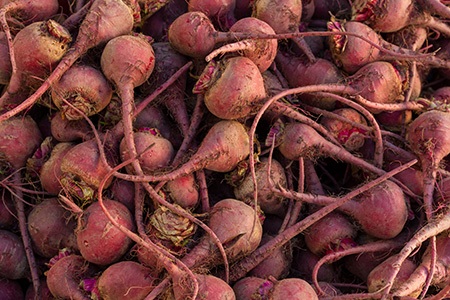
Baby beets are the real queen of miniature beets that look a lot like Romeo types of carrots. Generally, baby beets can be of any variety. Baby beets are any sort of beets that are plucked from the land in the spring to allow place for additional beets to develop and grow. They can be of any color or variation.
From the beginning of their growth, they develop an excellent spherical shape along with a short taproot as well as a clear texture. These little specimens are sold as a specialty item by intelligent farmers.
When presented with a variety of vegetables, baby beets are incredibly delicious. Above all, there are lots of baby beet recipes to choose from. Baby beets can be cooked or steamed, and the shorter tops can be tossed into various salads. These are different beets in terms of size, and perhaps in their better taste, too.
Red Beets
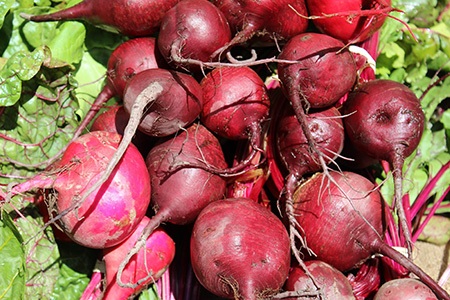
Red beets are popular vegetables around the world due to their high quantity of biologically active compounds including betalain, polyphenols, various minerals, and vitamins. The Crosby Egyptian, as well as the Detroit Dark Red and other varieties of beets, are a few of the varieties of red beets among others.
Based on the locale, red beets are prepared in a variety of ways. Red beets are commonly served raw in salads or eaten in a variety of ways, including roasted, steamed, fried, or boiled. You can even turn red beets into types of pickles to store for the long haul.
Juices and extracts of red beets are also used in conventional medicines, food coloring agents, and as a cosmetic component. These plants are abundant in antioxidants and anti-inflammatory compounds.
Bull's Blood
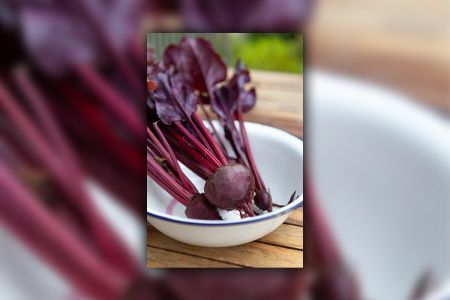
These heritage beet types develop burgundy-purple foliage instead of the standard beet greens. The French variation 'Crapaudine' was used to create these heirloom cultivars, which was introduced back in 1986.
The leaves are incredibly sweet and go well with salads. These types of beets develop roots that are 3-4 inches in length, which are smaller than other types. They require about 58 days to grow to full size. Roots take 55 days to mature, whereas tops take only 30 days.
Striped Beets
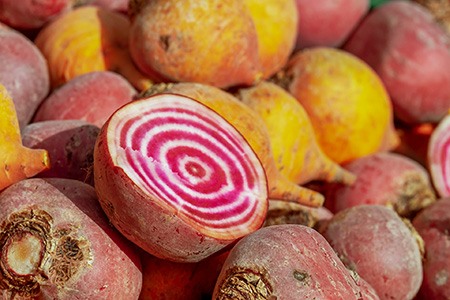
These are often known as Bassano or Chioggia beets and come with natural stripes. These beets get their name from a fishing village that's situated in Northern Italy, and that's the place where they were initially farmed in the 1800s.
They have a standard, circular "beet type" appearance externally. When you cut it open, however, you'll see concentric circles of pink and white. These striped beets possess a delicious and sort of earthy flavor, and these are available throughout the year.
The stripes appear on the inside of these beets, giving them a candy-cane-like appearance. As a consequence, these are also known as Candy Stripe Beets or Bull's Eye Beets. In about 50 days, these beets reach maturity.
Golden Beets
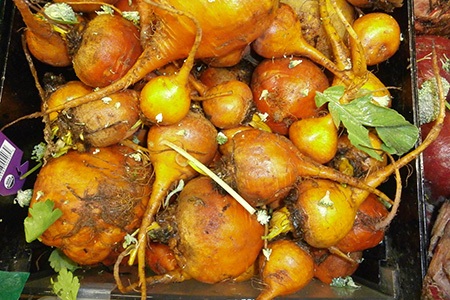
Golden beets, often known as yellow beets, have a light taste, and these have been around since the early 1820s. These beets have shorter roots than other beet varieties. In addition, Golden beets are considerably less sweet and also possess a mellower as well as a less earthy taste in comparison with the red beets.
Golden beets types include the Golden Detroit as well as Burpee's Golden Beets. The beets are typically prepared to consume in 55 days, either raw or in salads. These beets are brightly colored and delicious, and their taste intensifies when roasted.
Cylindra Beets
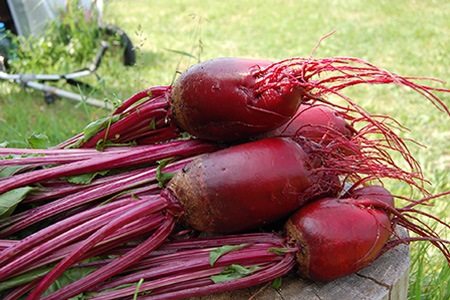
Butter Slicer or Formanova beets, which are heirloom Danish cultivars that were introduced back in the 1880s, are other names for Cylindra beets. If eaten raw and fresh, these reddish-green leaves have a somewhat pungent taste.
Cylindra beets hit their peak during mid-summer and are abundant throughout the summer. They develop in around 60 days and can reach a length of nine inches. Furthermore, they’re burgundy in hue as well as cylindrical in shape.
Roasted 'Cylindra' beets are delicious in stews and soups, and they're also great for pickling and baking. In addition, these beets are perfect for cultivating in small spaces.
Mangel-Wurzel Beets
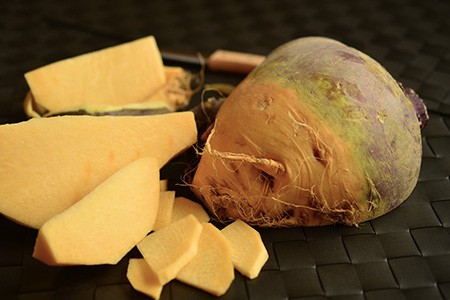
Mangels are simple to cultivate and can easily be incorporated into your gardening schedule. These beets, sometimes known as Mangold beets, have traditionally been used to feed animals. However, due to their sweet taste, they’ve gained appeal in recent decades.
These types of beets can be grown well in damp, cool regions and are drought resistant. Mangel beets are white or golden-yellow in appearance and have a natural sweetness flavor. They require an amount of four or five months for their maturity, and they can weigh up to 20 pounds.
They're nutrient-dense and high in antioxidants as well as vitamins. People typically consumed the leaves as steamed, whereas the roots can be boiled, chopped up, or even crushed like potatoes.
Sangria Beets
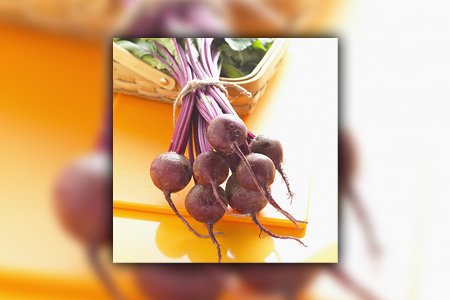
The sangria beet goes from being planted to harvest within 55 days, making it an attractive choice. Even more so, it's one of the open-pollinated beet varieties, and to top it off it's one of the bolt-tolerant types, too.
So for people living in particularly hot regions and those that have widely fluctuating temperatures, this will be a great option. Their deep red colors are a fun novelty, and they rarely ever get too tough. These are great and easy kinds of beets.
Sugar Beets
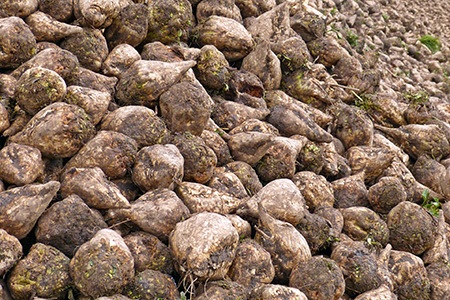
Sugar beets, which are primarily farmed for commercial purposes, resemble a turnip instead of a beet. Sugar beet types, also known as Albino beets, are off-white in appearance and have a conical structure.
Sugar beets account for around 20 percent of global production of sugar due to their exceptional sucralose content, whereas the remaining 80 percent comes from sugarcane. The maturation of these varieties of beets might require up to 100 days.
Unlike the other species of beets, they’re rarely eaten. However, based on your preferences, the greenery parts can be used in a salad or as a main meal.
Crosby Egyptian Beets
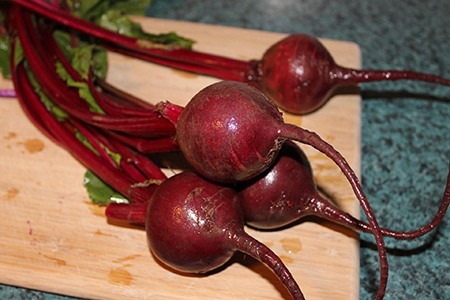
Crosby Egyptians is a German heirloom species that are regarded as one of the world's most frequently produced beets. These red beets have a flattened appearance rather than being spherical making them different beets from what you're used to seeing.
Although these huge beets are largely cultivated above ground, yet, their skins lack the hardness of some beets' upper sections. These beets are delicious and come early in the season, with no "earthy" flavor.
Plants are well-known for being cold-resistant, maturing in approximately 55 days. The green tips with scarlet stalks of Crosby Egyptian are wonderful in salads or cooked like matured greens. You can grate them like types of garnish, mix them in with various types of oregano, etc.
Avalanche Beets
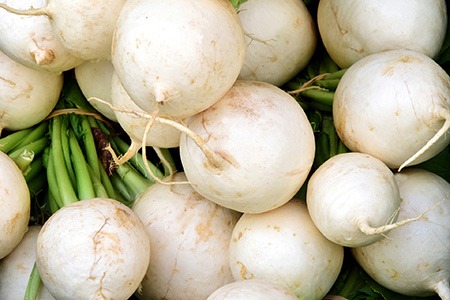
Avalanche are pure white beets and the winner of the 2015 All America Selections Award, with a very mild flavor. The greenery parts have a dark green tone with a reddish tint to them.
Avalanche types of beets are pleasant, and they don't have the earthy flavor of beets. These beets are perfect for chopping fresh in salads because of their unique taste and crunchy texture. In addition, they can also be deliciously roasted or incorporated into soups and stews.
In around 60 days, they’ll be ready to pick. They're also fantastic in the backyard garden. One of their significant benefits is that you don't have to think about crimson stains on the cutting board or your hands.
Sweetheart Beets
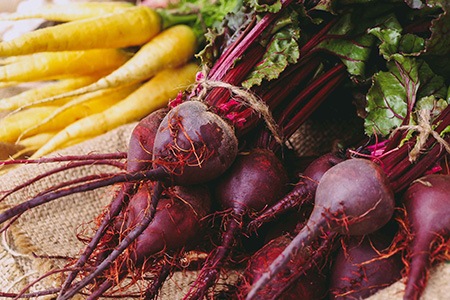
Sweetheart beets have a beautiful appearance due to their emerald-colored foliage. They’re truly unique in the garden. These beets take around 60 days to achieve a diameter of 1.5 inches. Moreover, these beets produce extra-sweet, delectable roots.
Roots of these beets get highly woody in warm temperatures; therefore, they're best grown in colder regions of the country. The roots are edible, although the tops can be used to make tasty greens.
Early Wonder Tall Top Beets
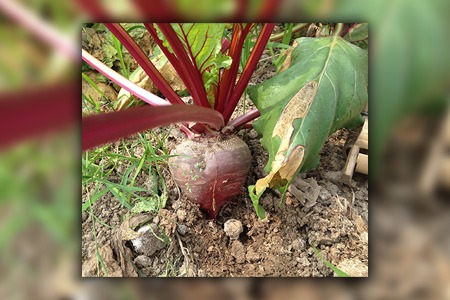
These are named "Early" because they mature quicker than other different kinds of beets. Within 50 days you can harvest them (about a week earlier), and possibly get two batches grown in succession if you don't waste much time.
These different kinds of beets are considered a particularly delicious beet, with globular roots growing around 4 inches in width. Gardener's prefer it for their soups, salads, and even pickling them. They're considered great roasted, though you can boil them, slice them, and even grate them onto your meals.
Red Ace Beets
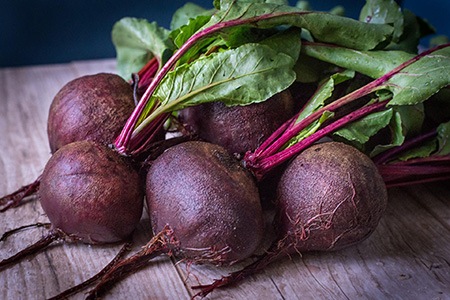
Red Ace beets are a fantastic choice if you are looking for a classic red beet cultivar. The flat, spherical roots reach their peak when they’re 3–4 inches in diameter, however, they remain delicious and sensitive even as they become older and wider.
Red Ace beets take 55 days to reach full maturity. They produce roots that are about fist-sized and have a sweeter flavor than other varieties.
Forono Beets
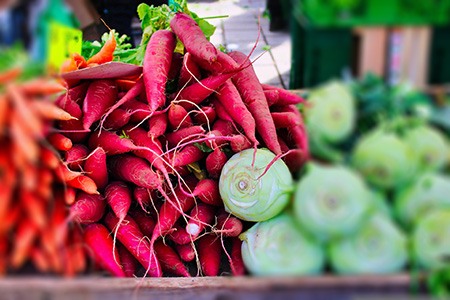
If you want to get into sweeter beets and try out one of the cylindrical beet varieties, Forono is a good choice. It's not called "Cook's Delight" for no good reason! Toss them in a salad or even a vegetable soup with types of cauliflower and broccoli and you'll be in a world of new tastes.
This Italian beet heirloom will grow to about 3 inches wide (not diameter, which is greater) and can be up to 8 inches in length. Harvest them sooner than you think you should so they don't become too tough to eat.
13 More Types of Beets
We can't cover every single possible cultivar or hybrid kinds of beets, but we can at least list some more varieties of beets for you aficionados to explore.
- Ruby Queen Beets
- Merlin Beets
- Warrior Beets
- Giant Yellow Eckendorf Beets
- Little Ball Beets
- Moulin Rouge Beets
- Touchstone Gold Beets
- Cylindria Beets
- Red Ball Beets
- Lutz Green Leaf Beets
- Mammoth Red Mangel Beets
- Green Top Bunching Beets
- Pacemaker Beets
These different beets should keep anyone going for decades if you truly take your time to learn the ins and outs of each of these beet types.
Types of Beets to Tweak the Flavor
When selecting the best beet types for your garden, remember to consider all the important factors. They're simple to work with, and many can be harvested in as little as two months. Beets have simple recipes, so you can make your favorite food easily and shortly.
We hope you liked discovering about the different types of beets present. Beets are an excellent crop to cultivate for beginner gardeners since they flourish in a wide range of soil conditions.




